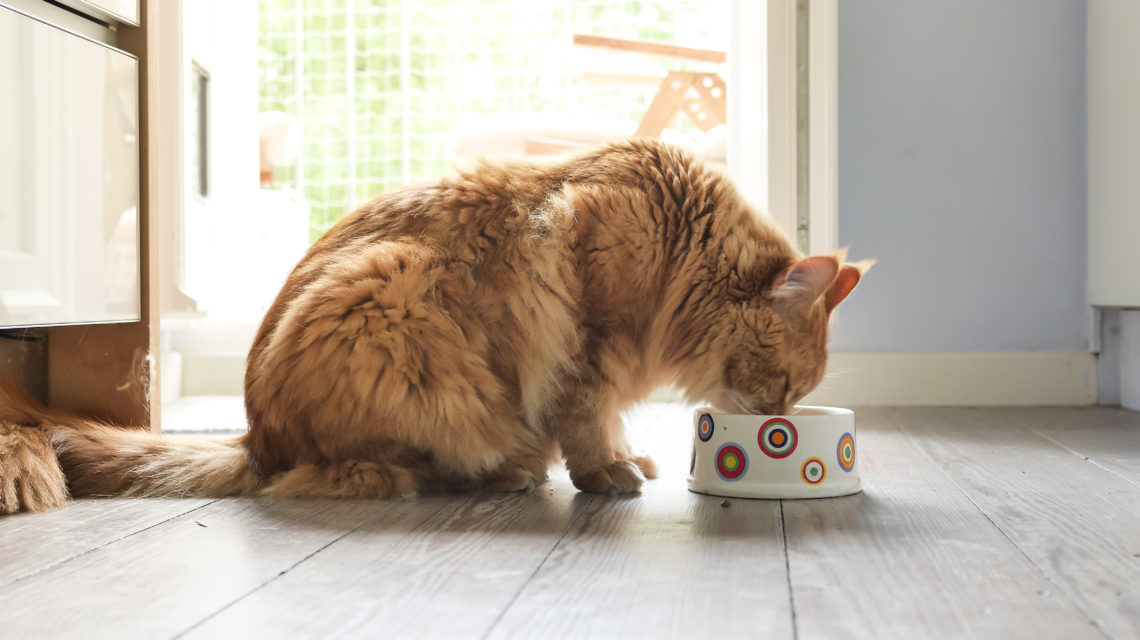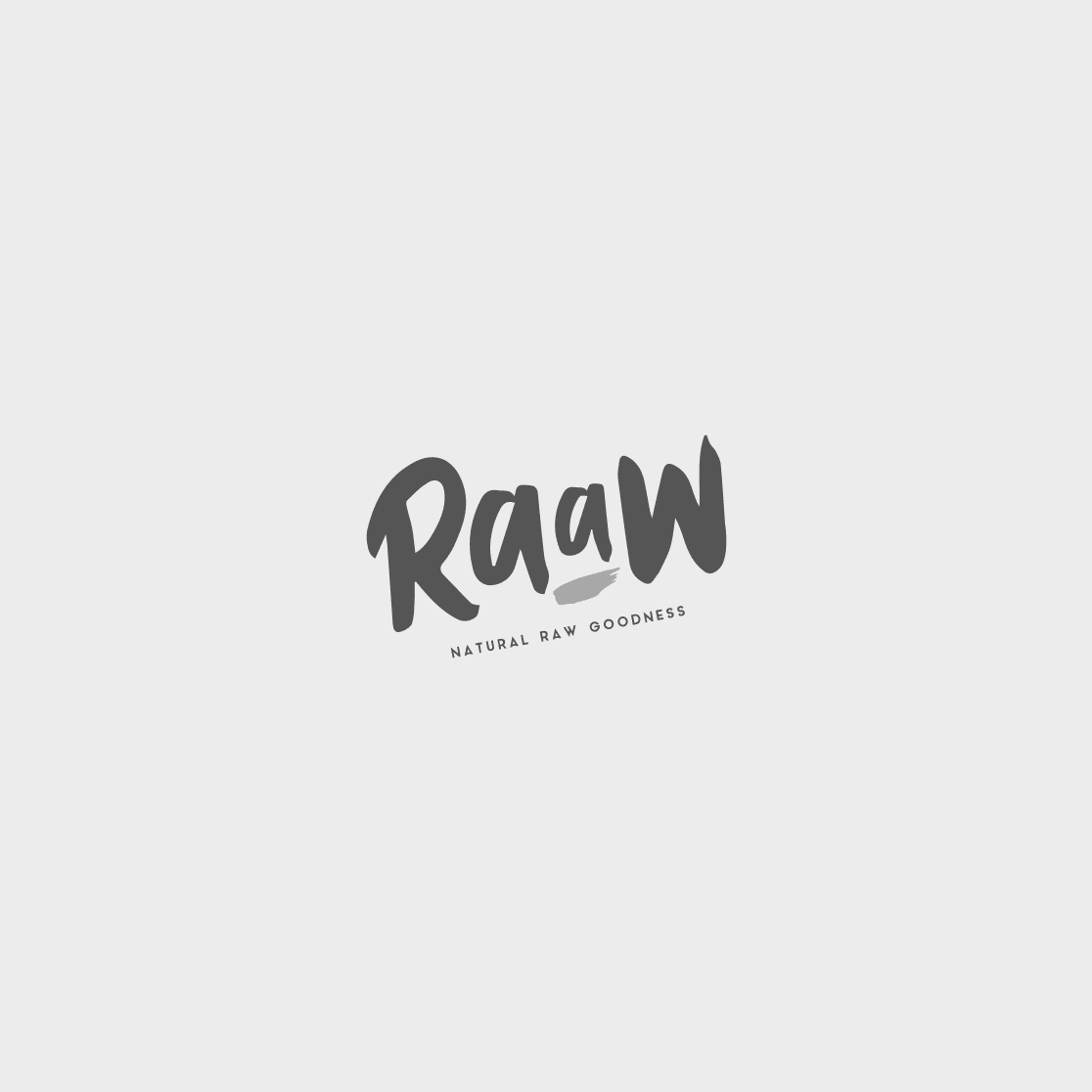
Choosing The Right Raw Pet Food
So, you are wanting to improve your dog’s diet and it has led you to looking at feeding Raw, congratulations! However, the world of raw pet food has grown dramatically over the last ten years, with many options online, in pet food stores and supermarkets. If you are new to the raw pet food market it can be a little overwhelming leaving you loaded with questions like what is DIY raw, is it safe, are there bacterial risks and is it balanced?
Commercial raw foods are an easy safe option when starting raw, but there are many on the market so it’s important to read the labels, speak to the companies and importantly work with an integrative veterinarian who supports raw diets!
Below are some pointers to help you when choosing a raw food:
Quality of Meat
A human grade, high quality sourced raw materials are key, the largest component of a raw diet is muscle meat. Check ingredient list and look at analysis, speak to the company ask about their meat sourcing look for welfare standards and UK sourcing. Higher quality meat means a healthier meat!
Organs
Organs are vital for balance in diet, Heart is considered a muscle meat however Liver and Kidney contain vital minerals and vitamins in a natural bioavailable source. Organ should make up between 5-10% of a complete raw diet.
Bone Content
Bone is a key component using the whole animal like chicken carcass tend to balance well however using a supplement or parts of animal may not always be fully balanced so do check Calcium and Phosphorus as well as their ratios! The type of bone included is key, edible non-weight bearing bones are a nutritionally vital component of raw diets.
Fat Content
If food appears greasy, oily or your dog regularly has loose stools, check the fat content. Duck and lamb naturally contain higher fat and can be great support to working breeds or dogs that struggle to hold weight. Saturated fat is white fat and that is what gives meat a marbled look. Unsaturated fats are in meat, vegetables fish and plant oils. A good balance of both is key for a healthy diet. High fat diets should be fed carefully to dogs that are predisposed to pancreatitis, however research now proved this is more relevant to cooked fats than raw fats.
Carbohydrates
Should be low if fruit and vegetables are included, vegetables contain great fibre that helps regulate blood sugar levels as well as being full of vitamins, minerals, enzymes, phytonutrients and antioxidants. If your pet’s complete food contains fruit and vegetables (which most should!) it should be a fine grind which is vital to ensure the cellulose in the plant walls are broken down so your dog can access and absorb the vital nutrients. Avoid raw foods that contain grains and high levels of carbohydrates as it defeats the benefits of feeding a raw diet!
Packaging
This may sound an odd one, but your pet’s food is going to need to be stored in your freezer and fridge so the size of package pending on the size of your dog and its daily needs is important to consider.
Once you have selected your Raw food, the transition is a vital process. Check out my ‘Guide to Transitioning’ for more information.


